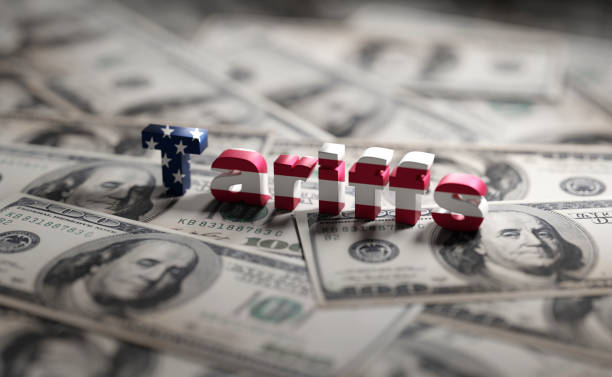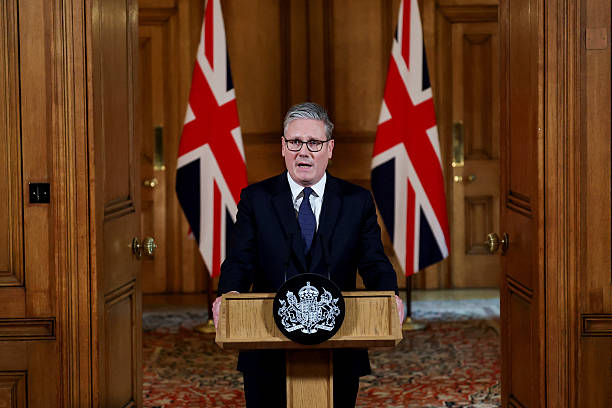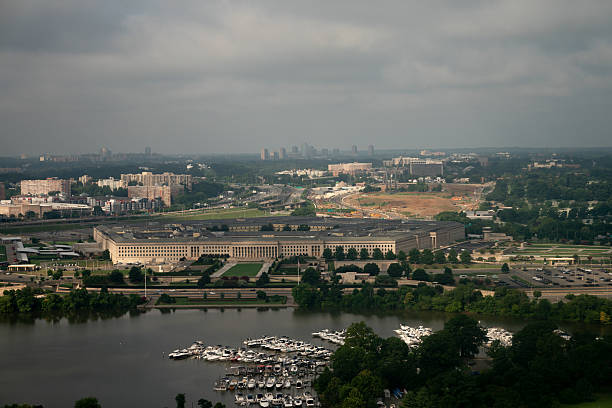Trump Imposes 25% Tariffs on Japan, South Korea, and Dozens of Other Countries Amid Trade Shakeup
President Trump imposes sweeping new tariffs, including 25% on imports from Japan and South Korea, escalating global trade tensions ahead of August 1 implementation.
 USA Tariffs flag with dollars concept - stock photo
USA Tariffs flag with dollars concept - stock photoPresident Donald Trump on Monday announced a sweeping new set of tariffs, including a 25% tax on goods imported from Japan and South Korea, alongside varying rates for imports from a dozen other countries. The tariffs are scheduled to take effect on August 1 and come as part of what Trump described as an effort to revitalize American manufacturing and finance his recently enacted tax cuts.
In letters posted to his Truth Social platform and addressed to foreign leaders, Trump warned against retaliation, stating, “If for any reason you decide to raise your Tariffs, then, whatever the number you choose to raise them by, will be added onto the 25% that we charge.” The letters were sent to Japanese Prime Minister Shigeru Ishiba and South Korean President Lee Jae Myung, among others.

South Korea’s Trade Ministry responded Tuesday, pledging to accelerate negotiations with the U.S. to achieve a mutually beneficial deal before the tariffs are enforced. The U.S. will also apply tariffs of 40% on Myanmar and Laos, 36% on Cambodia and Thailand, 35% on Serbia and Bangladesh, 32% on Indonesia, 30% on South Africa and Bosnia and Herzegovina, and 25% on Kazakhstan, Malaysia, and Tunisia.
In the letters, Trump emphasized he was being “generous” with the rates, though a letter to Bosnian leader Željka Cvijanović erroneously addressed her as “Mr. President” before a corrected version was posted. Trump also noted that the tariffs could be adjusted based on the U.S.'s relationships with individual countries.
White House Press Secretary Karoline Leavitt stated the administration was crafting “tailor-made trade plans for each and every country on this planet.” The tariff letters, though nonbinding, reflect the administration’s dissatisfaction with the outcomes of closed-door negotiations.
Wendy Cutler, vice president of the Asia Society Policy Institute and a former U.S. trade official, called the tariffs on Japan and South Korea “unfortunate,” citing their critical partnerships with the U.S. on areas such as shipbuilding and semiconductors.
The announcement prompted market jitters, with the S\&P 500 falling 0.8% and the 10-year Treasury yield climbing to 4.39%, potentially signaling higher borrowing costs for consumers. Trump declared an economic emergency to enact the tariffs unilaterally — a move under legal challenge after a May court ruling deemed his authority exceeded.
South Africa’s President Cyril Ramaphosa called the tariffs a mischaracterization of the bilateral trade relationship but committed to ongoing diplomacy. Trump has hinted that BRICS-aligned nations may also face a 10% additional tariff.
Trump’s tariffs come after a 90-day negotiating period he had previously announced. While only two trade frameworks have been finalized — with Vietnam and the United Kingdom — many countries remain in talks, with the Aug. 1 deadline looming.
The administration plans to use tariff revenues to offset July 4 tax cuts, a strategy critics say could increase consumer prices and inflation. Trump has urged major retailers not to pass costs onto consumers, advising them to absorb the impact.
The U.S. continues to hold trade imbalances with Japan and South Korea — \$69.4 billion and \$66 billion respectively in 2024 — with new tariffs also targeting autos (25%) and steel/aluminum (50%).
Despite previously celebrated agreements with Japan and South Korea during his first term, the new tariffs reflect dissatisfaction with prior outcomes and a broader aim to reshape global trade in America’s favor.
















Conversation